15 Garden Designs to Keep Your Plants Cool and Comfortable
Your garden can be a sanctuary for your plants, offering them the right environment to grow strong. Keeping your plants cool and comfortable is key, especially in warm climates. There are several ways to design your garden to protect plants from harsh sun and heat. From shade solutions to moisture-retaining materials, these ideas will help your plants thrive. Let us dive into creative designs that make your garden a more plant-friendly space.
This post may contain affiliate links, which helps keep this content free. Please read our disclosure for more info.
Shade Sails
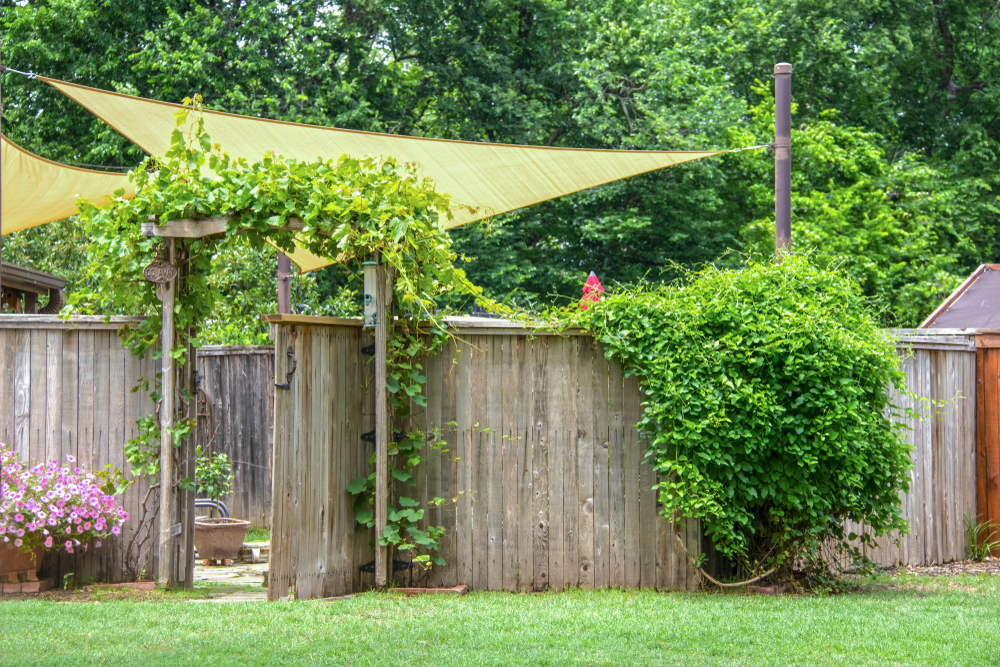
Shade sails are a practical and attractive way to protect your plants from the harsh sun. To create this design, install posts around the garden and hang the shade sails above the plants. You will need sturdy posts, shade cloth material, and fastening tools like ropes or clips. This design can help reduce temperatures in your garden and protect your plants from direct sunlight.
Shade sails are easy to set up and can be adjusted depending on the amount of shade you need. They are perfect for smaller gardens or areas with plants that need extra protection from the heat. Choose materials that are UV resistant to ensure long-lasting protection. This simple and affordable solution can make a big difference in keeping your garden comfortable.
Raised Garden Beds with Mulch
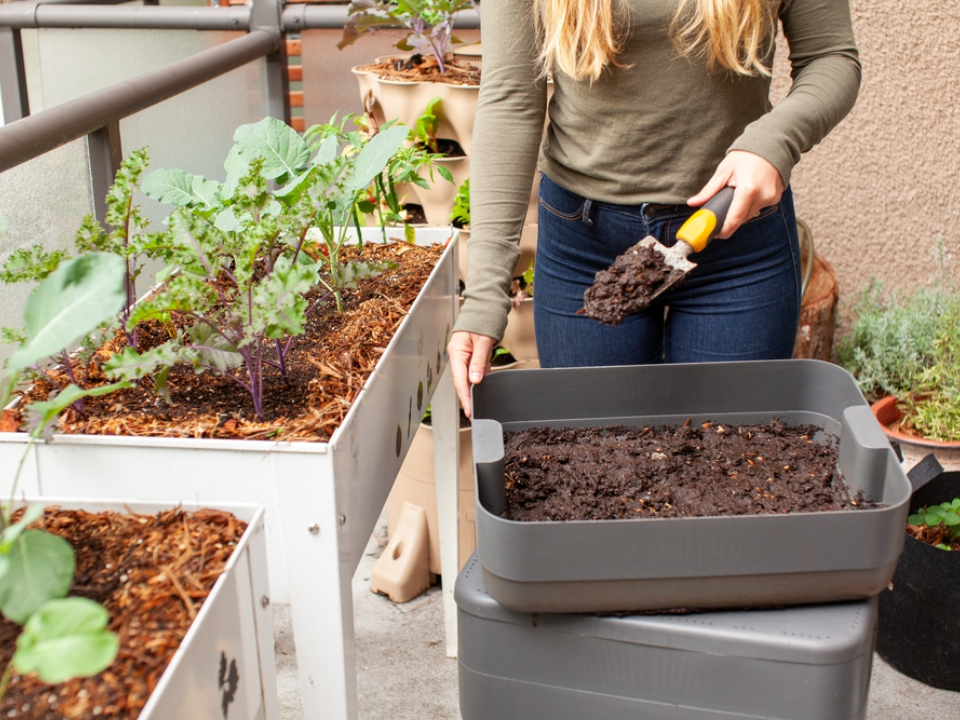
Raised garden beds are a great way to keep plants cool by promoting better air circulation around the roots. Build raised beds using wood, bricks, or stone, and fill them with high-quality soil. Add a layer of mulch on top to help retain moisture and regulate soil temperature. Materials needed include wood or stone for the structure, soil, and organic mulch like wood chips or straw.
By elevating your plants, you can also avoid problems like waterlogging and soil compaction. Mulch acts as a protective layer, helping to maintain cooler soil temperatures during hot weather. Raised beds are perfect for vegetables, herbs, and other plants that thrive in well-drained soil. They are easy to maintain and make your garden more accessible.
Vertical Gardens
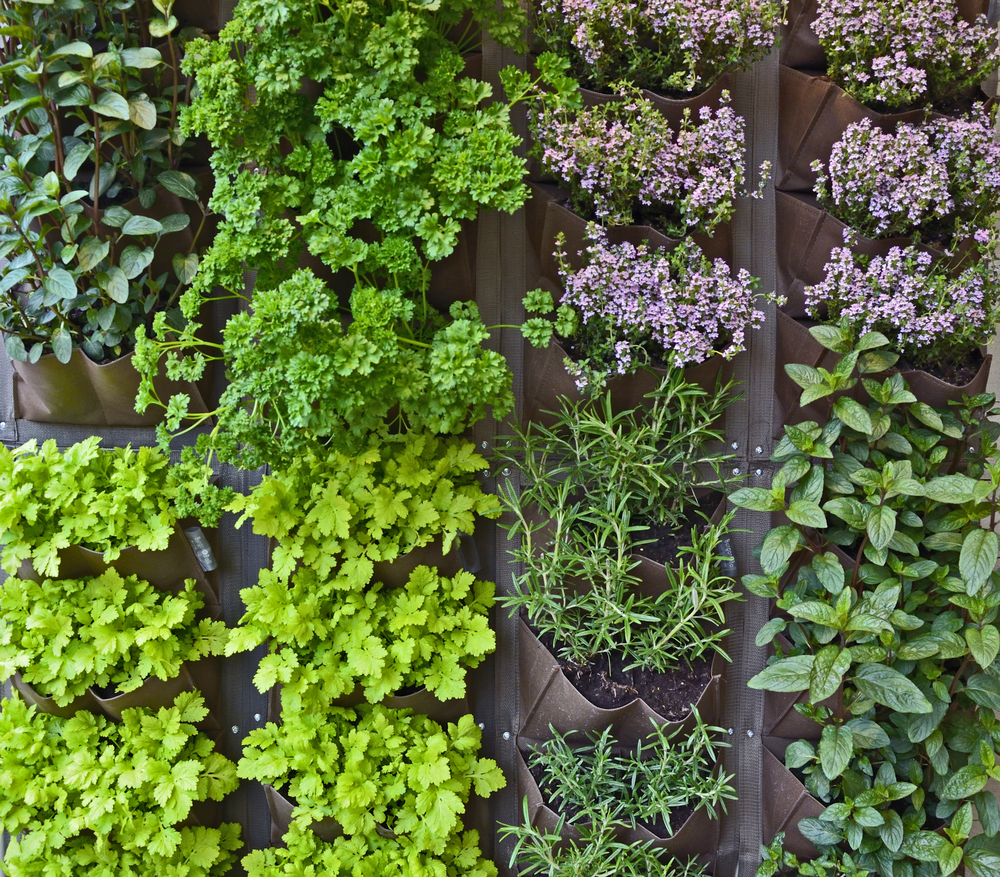
Vertical gardening is a creative way to maximize space and protect plants from heat. Install trellises, plant towers, or wall-mounted containers to grow climbing plants or hanging flowers. You will need materials such as wooden or metal frames, plant pots, and climbing supports like netting or wires. This design helps keep plants cooler by increasing airflow and using vertical space efficiently.
Vertical gardens also reduce the need for ground-level watering and can make your garden look more organized. These structures offer shade to plants below them and create a more controlled environment. Choose plants that are suited for vertical growth, such as vines, peas, or tomatoes. Vertical gardening is perfect for small spaces, balconies, or patios.
Gravel Paths and Ground Covers

Gravel paths and ground covers are a practical way to manage heat in your garden. Use gravel or small pebbles to create paths between garden beds, and plant ground cover plants like clover or thyme to cover bare soil. Materials needed include gravel, landscape fabric, and ground cover seeds or plants. Gravel helps with drainage and keeps the soil cool by allowing air to circulate.
Ground covers act as natural shade, reducing the impact of direct sunlight on the soil. These designs are low-maintenance and help prevent soil erosion while keeping your plants cool. Ground covers also help retain moisture in the soil, reducing the need for frequent watering. It is an easy and effective way to create a comfortable garden space.
Water Features for Cooling
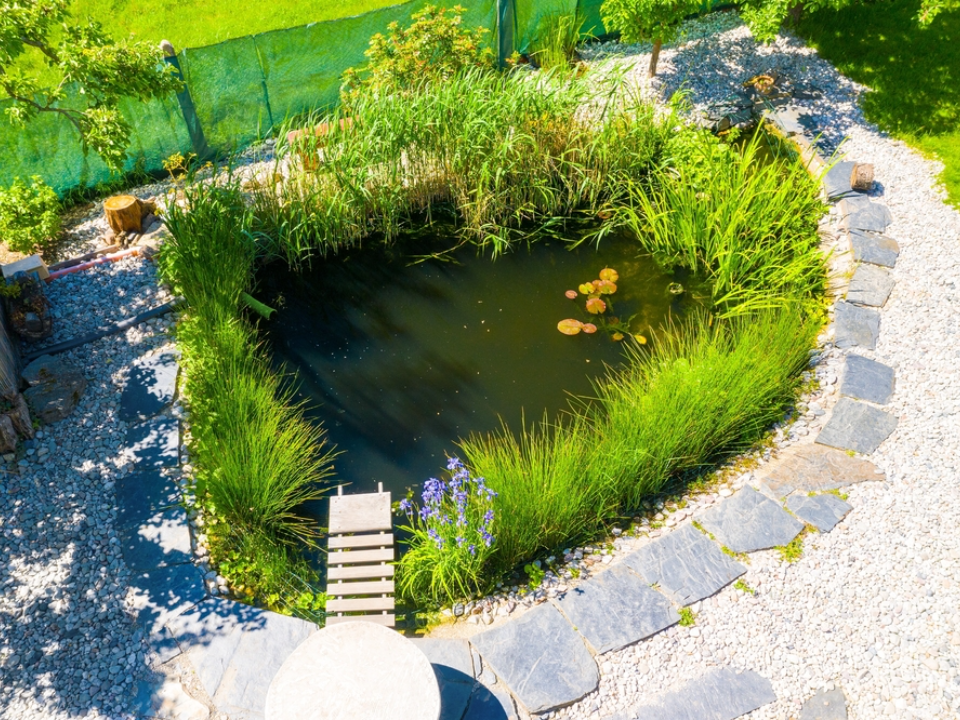
Water features like fountains, ponds, or waterfalls can significantly lower the temperature in your garden. Adding a small fountain or a birdbath with flowing water can create a cooling effect. You will need a water pump, stones, and possibly a small basin to build your feature. Water helps cool the air around plants and can attract beneficial wildlife like birds and insects.
These features also add aesthetic value to your garden and can create a relaxing atmosphere. The moving water helps to humidify the air, which is beneficial for plants that thrive in moist conditions. Be sure to maintain the water feature by cleaning it regularly and checking for leaks. Adding water elements can turn your garden into a peaceful retreat while keeping plants comfortable.
Planting Trees for Shade
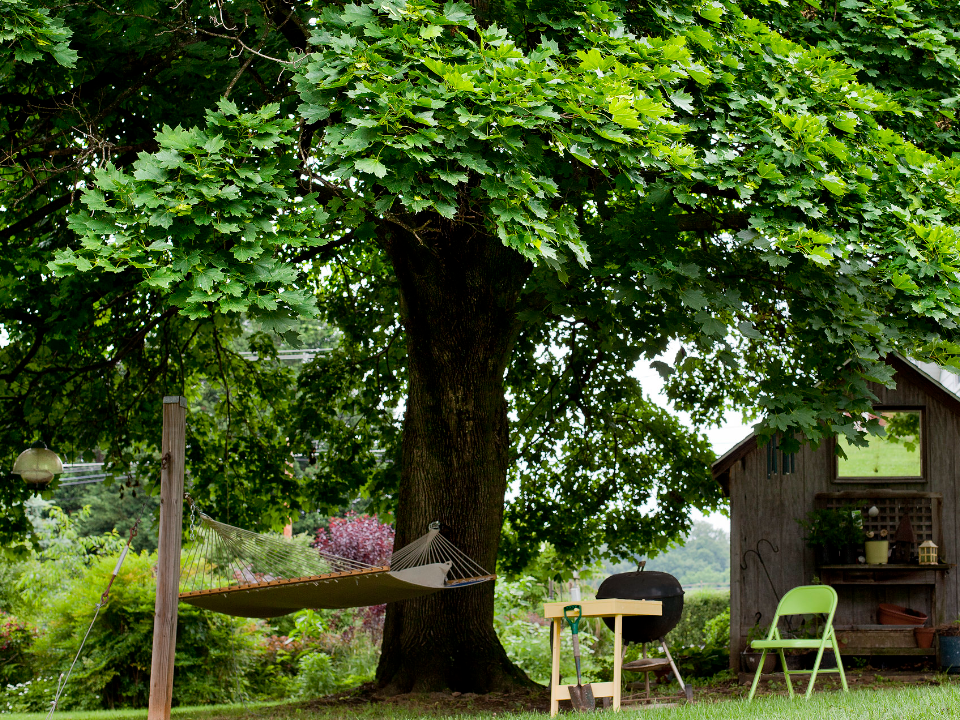
Planting trees around your garden is an effective long-term solution to keep plants cool. Choose tree species that are well-suited to your climate and provide dense shade, such as oak or maple trees. Tools you will need include a shovel, mulch, and possibly stakes to support young trees. Over time, the trees will create natural shade and reduce the amount of direct sunlight your plants receive.
Tree planting is an investment in the long-term health of your garden. It provides not only shade but also a cooler microclimate. The roots of trees also help retain moisture in the soil, making it easier to care for plants underneath. Be mindful of the tree placement to avoid overcrowding and to allow enough space for plant growth.
Shade-Loving Plant Choices
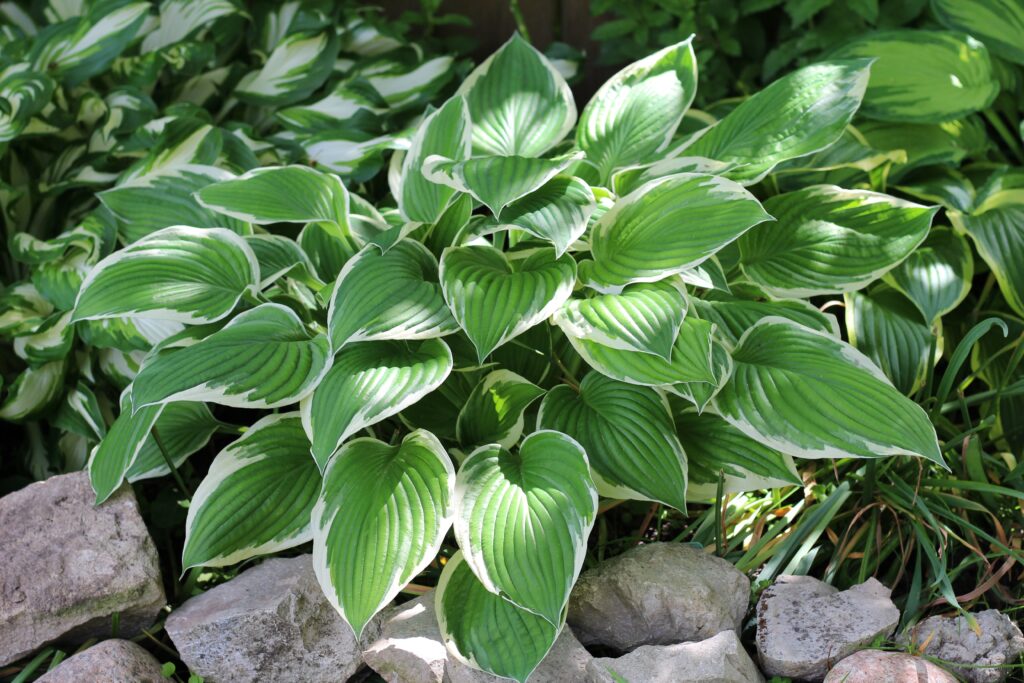
Choosing the right plants that thrive in low-light conditions can keep your garden cool and comfortable. Plants like hostas, ferns, and astilbes do well in shaded areas and can withstand high temperatures. Materials needed include shade cloth or garden structures to block the sun and protect delicate plants. Selecting the right varieties ensures they thrive without requiring extra care.
By choosing shade-loving plants, you create a cooler and more comfortable environment for your garden. These plants typically need less water and are more resilient to heat stress. They help fill in areas that might otherwise be too hot for other plants to grow. Planting a variety of shade-loving plants adds texture and depth to your garden design.
Outdoor Curtains for Shade
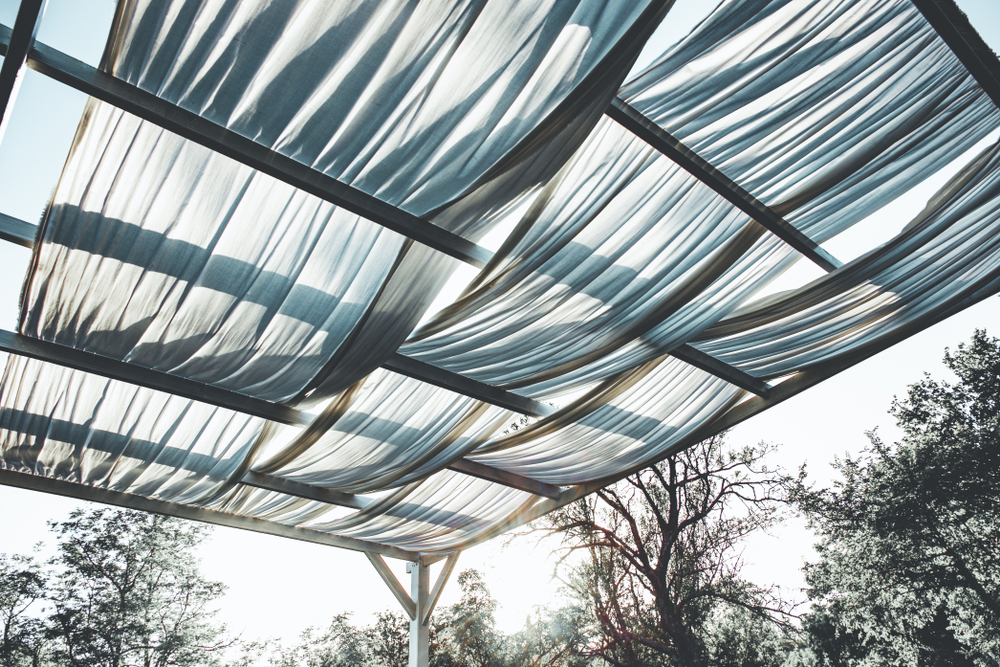
Outdoor curtains can be an easy way to provide additional shade to your garden or patio. Install curtain rods or tracks along pergolas, porches, or garden walls, and hang weather-resistant fabric curtains. Materials needed include curtain rods, outdoor fabric, and hooks or ties to secure the curtains. This solution is ideal for creating shaded spaces where plants can thrive.
Outdoor curtains offer flexibility, as they can be drawn back to let in sunlight or closed for more shade when needed. They also add privacy and can enhance the overall look of your garden. With the right fabric, these curtains can block heat and reduce the risk of sunburn on sensitive plants. This design is simple to implement and can be adjusted to fit your space.
Composting for Moisture Retention
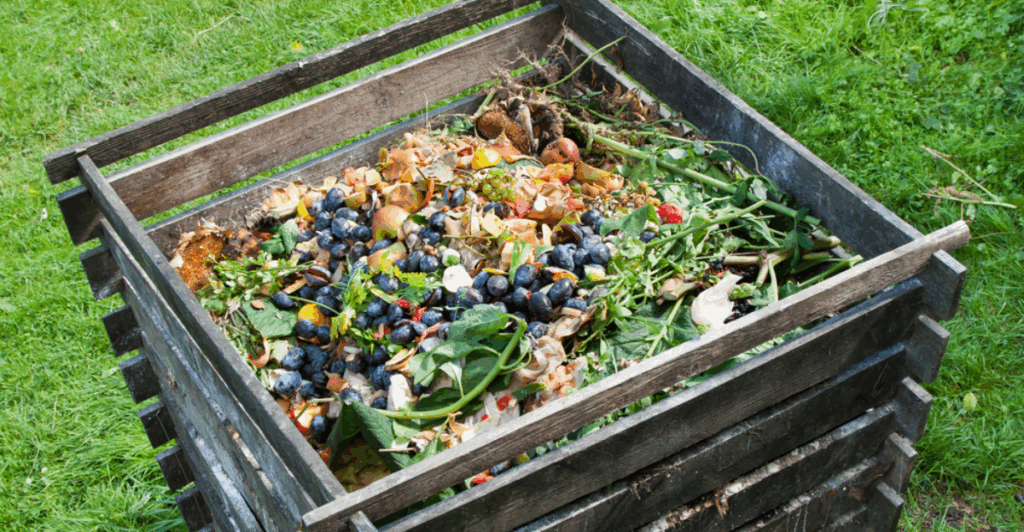
Composting is an effective way to keep your garden soil healthy while retaining moisture. Create a compost bin with organic materials like kitchen scraps, yard waste, and plant clippings. Materials needed include compost bins, garden tools, and organic waste. The compost adds rich nutrients to your soil and improves its ability to hold moisture during hot weather.
Using compost in your garden also helps to reduce the need for excessive watering. It enhances soil structure, promoting better drainage and preventing the soil from drying out too quickly. Composting is a sustainable way to manage garden waste while benefiting your plants. It is a simple and eco-friendly method to keep your plants comfortable in the heat.
Greenhouses for Temperature Control
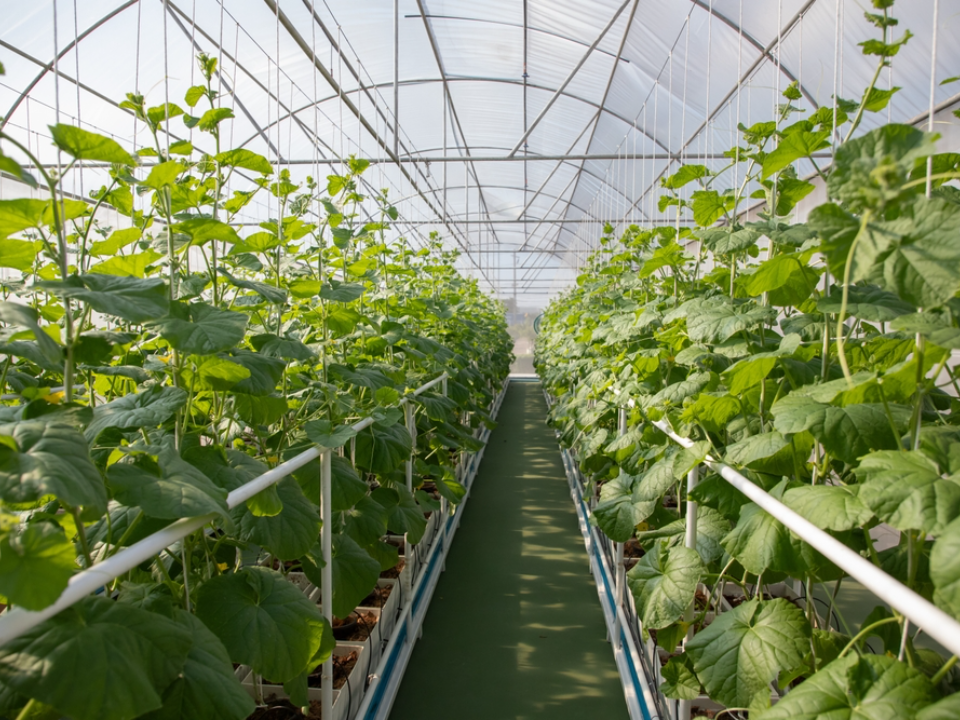
Building a small greenhouse is an excellent way to regulate the temperature and humidity for your plants. Greenhouses trap heat during the day but keep the temperature cooler at night, creating a stable growing environment. You will need materials such as clear plastic or glass panels, a frame, and proper ventilation. A greenhouse provides year-round protection and ensures plants remain comfortable even in fluctuating weather.
Greenhouses also offer protection from pests and heavy rain, which can damage plants. The controlled environment allows you to grow plants that may not typically survive in your climate. While building a greenhouse may require an investment of time and money, the benefits are long-lasting. It is a worthwhile solution for keeping your plants cool and thriving.
Shade Netting
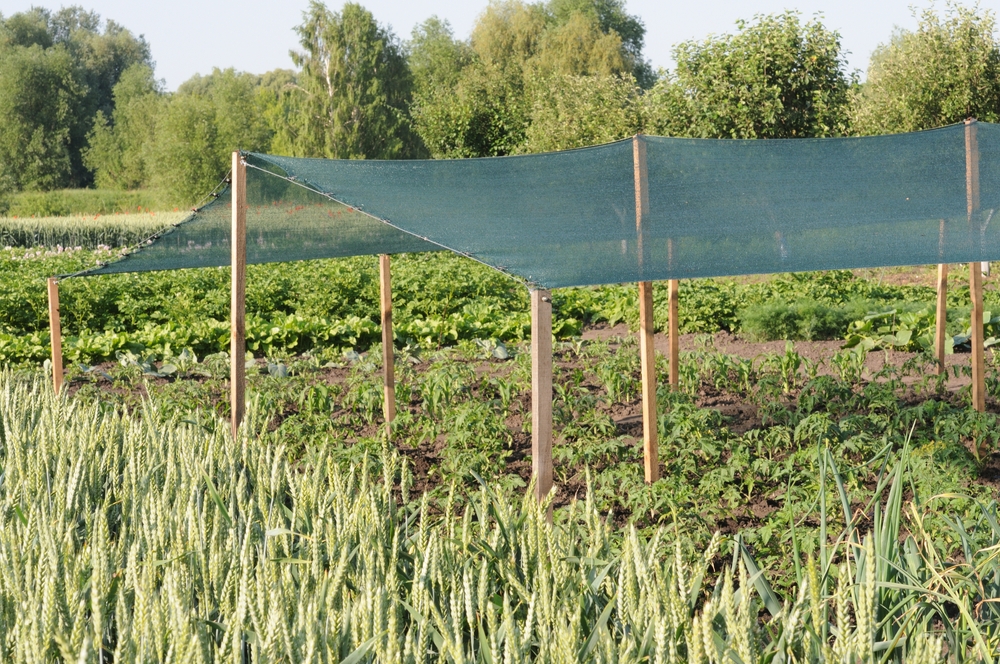
Shade netting is an affordable way to protect plants from intense sunlight, especially during the hottest part of the day. It works by blocking out a percentage of the sun’s rays while allowing enough light for plants to grow. Materials you will need include shade netting, poles, and ties to secure it in place. This simple design can be adjusted depending on the amount of shade required.
The netting helps to prevent overheating and keeps the soil from drying out too quickly. It is perfect for vegetable gardens, flowers, or any plants that need some extra protection from the sun. You can install it over garden beds or on frames to create shaded areas. This method is quick and effective, offering both protection and flexibility.
Cooling Stones or Rocks
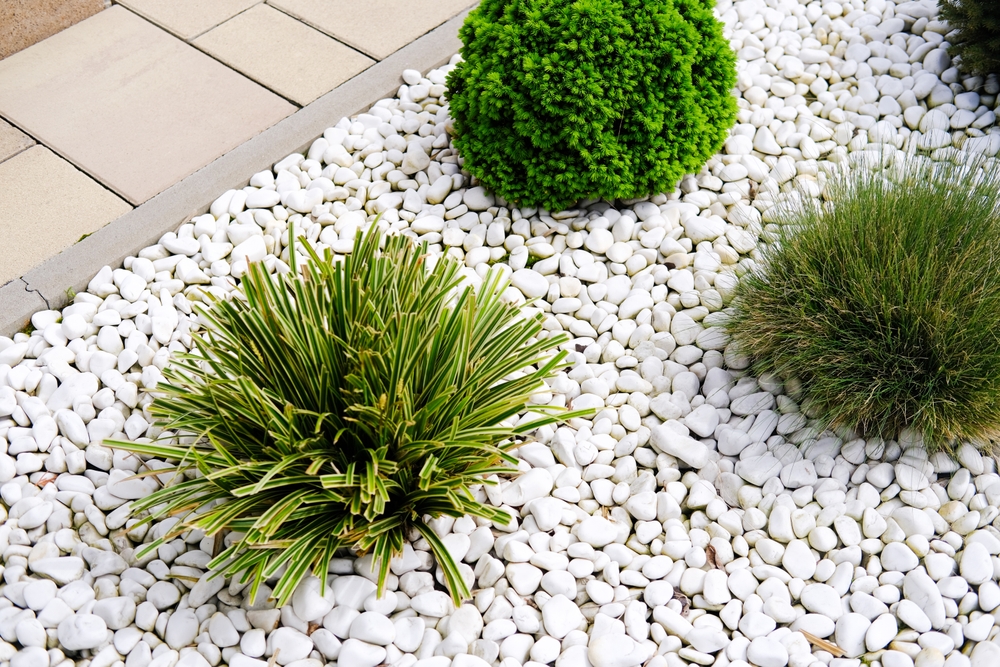
Placing stones or rocks around plants can help cool the soil by providing shade and retaining moisture. These materials work by reflecting light and absorbing heat, preventing the soil from overheating. You will need large stones, pebbles, or slate to create this effect. Lay them around the base of plants or along garden paths for added cooling benefits.
The stones help keep the soil temperature consistent, providing a more stable environment for plant roots. This design is particularly effective in areas with high temperatures or in dry climates. Stones also serve as a decorative element, adding a natural touch to your garden. They are a low-maintenance solution to help keep your plants cool and comfortable.
Proper Irrigation Systems

Installing an efficient irrigation system is one of the best ways to keep your plants hydrated and cool. Drip irrigation or soaker hoses ensure water is delivered directly to the roots, minimizing evaporation. Materials you will need include drip irrigation tubing, connectors, and a water source. This system provides a steady flow of water without wasting resources, keeping your plants comfortable in the heat.
Drip irrigation systems are ideal for plant health, as they reduce the risk of overwatering or underwatering. These systems are easy to set up and can be adjusted to meet the specific water needs of your plants. They are especially useful for larger gardens or areas with many plants. Proper irrigation ensures that plants receive the right amount of moisture even during dry spells.
Planting in Containers

Container gardening is a great way to give plants the protection they need from extreme temperatures. Using containers allows for better control of soil conditions and watering needs. Materials needed include containers, potting soil, and plants suited for container growth. Containers can be moved around to ensure your plants get the best sunlight and shade.
This design is perfect for gardeners with limited space or those who want flexibility in plant placement. Containers also help regulate soil temperature, keeping it cooler during hot days. They are easy to move to shaded areas or indoors when needed, providing an added level of control. Container gardening also helps prevent pests and diseases from spreading to other plants in your garden.
Natural Windbreaks
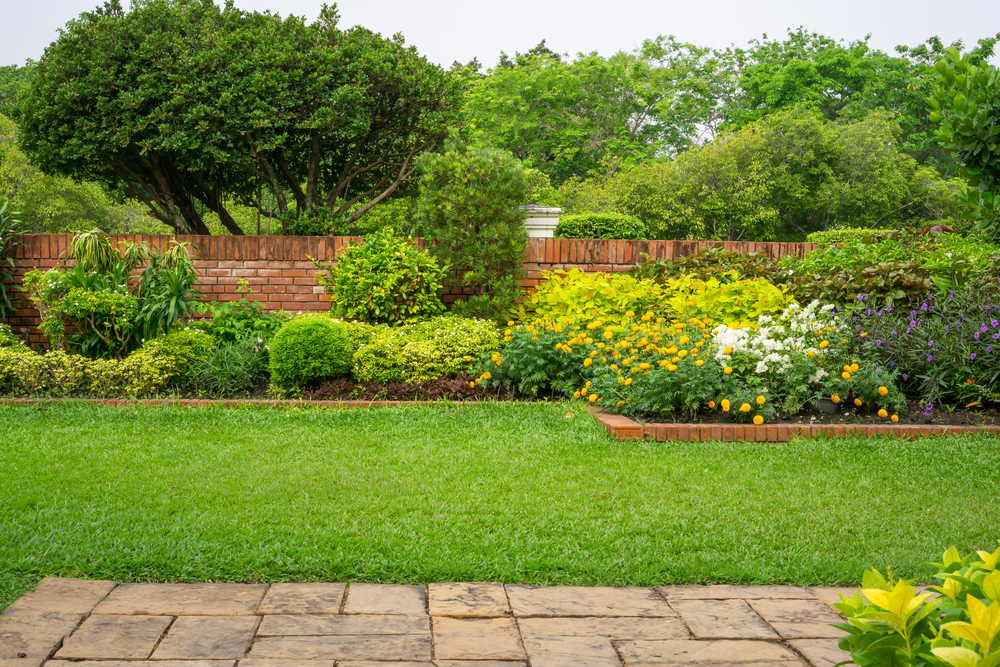
Creating natural windbreaks with trees, shrubs, or hedges can help protect your plants from harsh winds and intense sun. Planting a row of evergreen trees or shrubs around the garden helps shield your plants from drying winds and provides natural shade. You will need to choose hardy plant varieties that can grow tall enough to block the wind effectively. These plants will create a protective barrier around your garden.
Windbreaks not only help reduce the temperature but also protect plants from physical damage caused by strong winds. They help conserve moisture in the soil, ensuring that plants stay hydrated. This design can be particularly helpful in areas prone to high winds or extreme weather. The addition of windbreaks improves the overall health and comfort of your plants.
A well-designed garden can make a world of difference in keeping your plants cool and thriving. These simple changes will not only help regulate temperatures but also enhance the beauty of your garden. With the right care, your garden can stay vibrant and healthy, no matter the season.
This article originally appeared on Avocadu.
